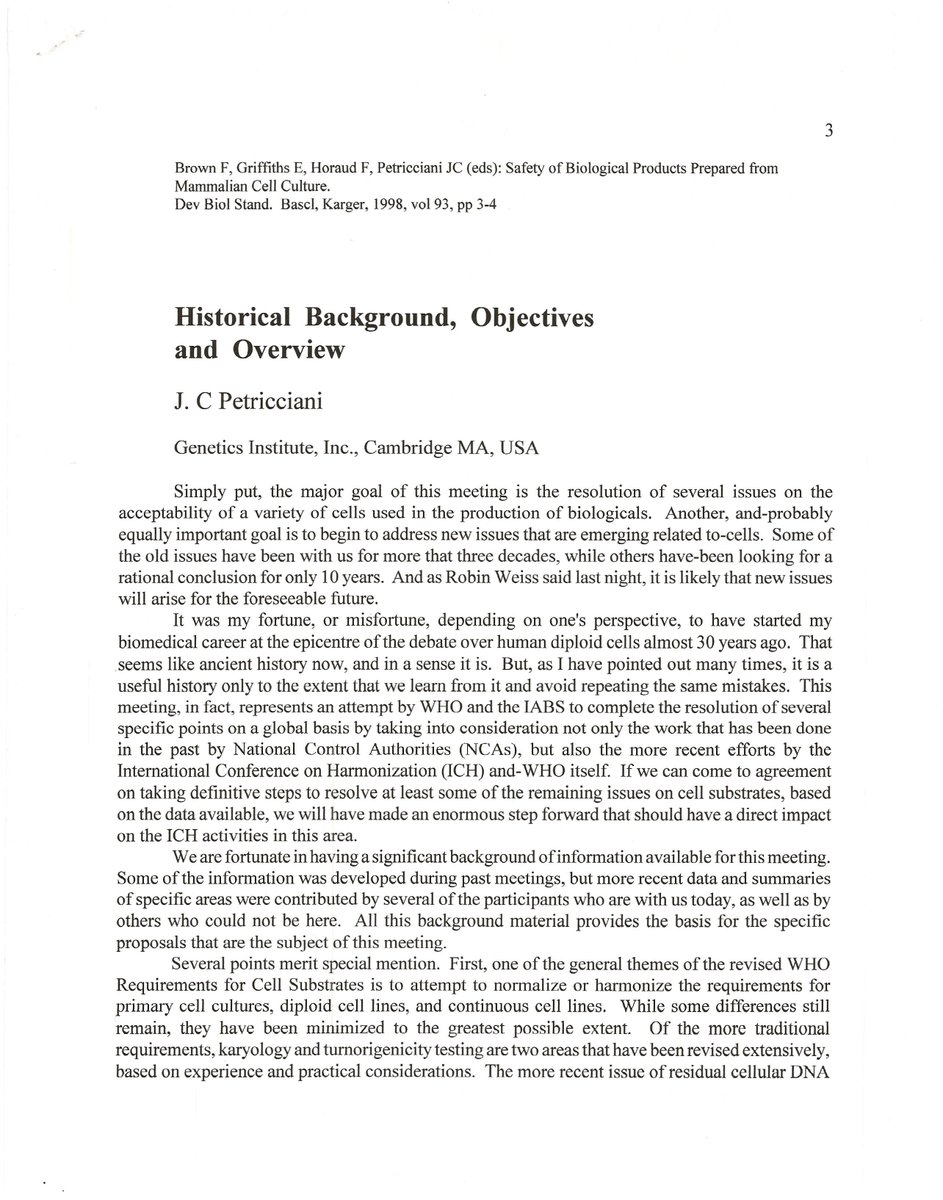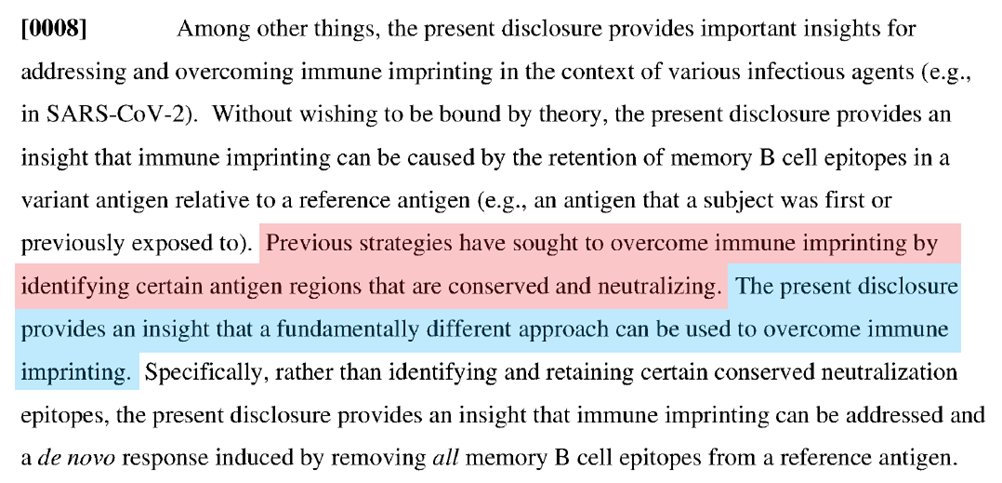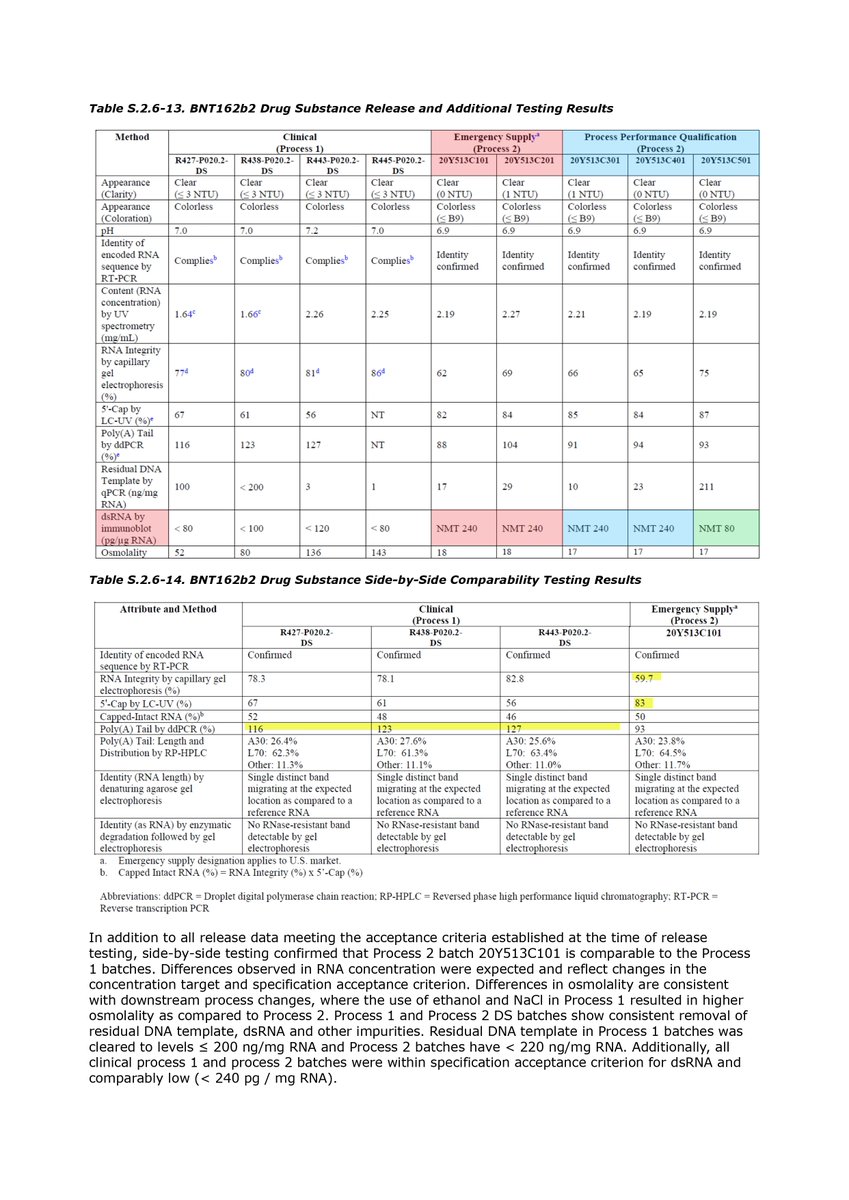We have already been defeated from the start. and the only way to deal with this is to escape from medicine with all our might.
If we escape, the legitimate MDs and pharmaceutical companies will gradually collapse, and only the unethical MDs and pharmaceutical companies will remain in the end.
At the end, they will feel a sense of crisis, and society might become somewhat more reasonable.
Medicine is not science, but is something disguised as science.
If we escape, the legitimate MDs and pharmaceutical companies will gradually collapse, and only the unethical MDs and pharmaceutical companies will remain in the end.
At the end, they will feel a sense of crisis, and society might become somewhat more reasonable.
Medicine is not science, but is something disguised as science.
• • •
Missing some Tweet in this thread? You can try to
force a refresh





























